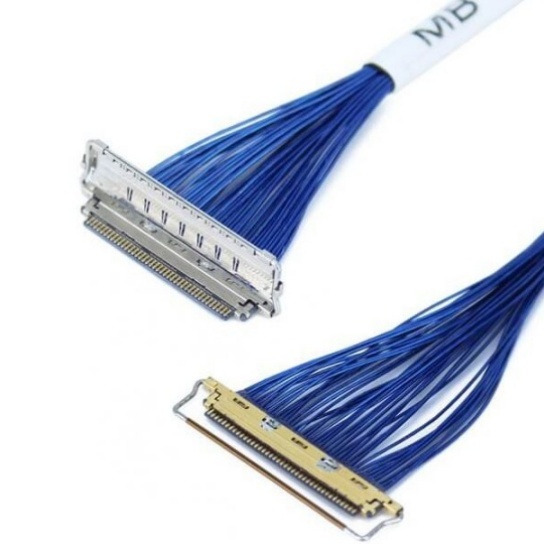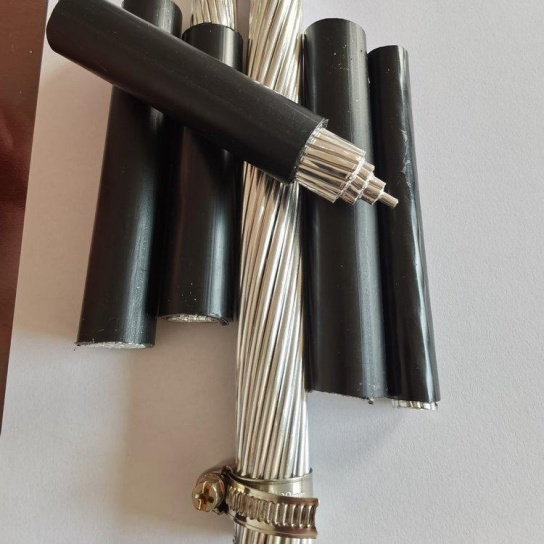How to Decode AWG Standard Designations for Aircraft Cables
Meta Description: Learn how to interpret AWG (American Wire Gauge) standards for aircraft cables. This guide breaks down wire gauge codes, sizes, and applications for aviation professionals.
Aircraft cables are critical components in aviation systems, ensuring reliable electrical connections in demanding environments. To maintain safety and performance, these cables must adhere to standards like the American Wire Gauge (AWG). However, decoding AWG designations can be confusing. In this guide, we’ll simplify how to interpret AWG codes for aircraft cables, helping you choose the right wire for your needs.
What is the AWG Standard?
AWG (American Wire Gauge) is a standardized system used to define the diameter, cross-sectional area, and current-carrying capacity of electrical wires. In aviation, AWG codes ensure consistency in cable sizing, which is vital for safety and compliance with regulations like MIL-W-22759 or SAE AS22759.
Understanding AWG Numbers
AWG numbers are inversely related to wire size:
- Lower AWG numbers = Thicker wires (e.g., AWG 8 is thicker than AWG 16).
- Higher AWG numbers = Thinner wires.
This numbering system originated from the number of dies a wire passes through during manufacturing. Fewer passes result in thicker wires (lower AWG).
Key Components of AWG Designations
Aircraft cable labels often include details beyond the gauge. Here’s how to decode them:
1. AWG Number
Indicates the wire’s thickness. For example:
- AWG 20: Thin wire for low-current signals.
- AWG 12: Medium wire for moderate power circuits.
- AWG 4: Thick wire for high-power systems like landing gear.
2. Conductor Size and Current Capacity
Thicker wires (lower AWG) handle higher current. Use the Ampacity Chart to match AWG numbers to current ratings. For instance:
- AWG 22: ~5 amps
- AWG 14: ~15 amps
- AWG 2: ~95 amps
Always factor in temperature and insulation type, as these affect performance.
3. Insulation and Jacket Codes
Aircraft cables include insulation codes for environmental resistance:
- PTFE (Teflon): High-temperature resistance.
- XLPE: Chemical and abrasion resistance.
- ETFE: Lightweight and flame-retardant.
Look for labels like M22759/16-22-9, where the suffix denotes insulation type and temperature rating.
Step-by-Step Decoding Example
Let’s decode an aircraft cable labeled “AWG 12, 600V, PTFE”:
- AWG 12: A medium-thickness wire for moderate power.
- 600V: Rated voltage (safe up to 600 volts).
- PTFE: Insulation material (handles extreme heat).
This wire is ideal for avionics or engine-area circuits requiring heat resistance.
Why AWG Matters in Aviation
- Safety Compliance: Correct AWG sizing prevents overheating and system failures.
- Weight Optimization: Thinner wires (higher AWG) reduce aircraft weight.
- Durability: Insulation codes ensure resistance to fuel, moisture, and temperature swings.
Tips for Choosing Aircraft Cables
- Check Specifications: Match AWG to your system’s current and voltage needs.
- Prioritize Insulation: Use PTFE or ETFE for high-heat zones.
- Verify Certifications: Ensure cables meet MIL-STD or SAE standards.






